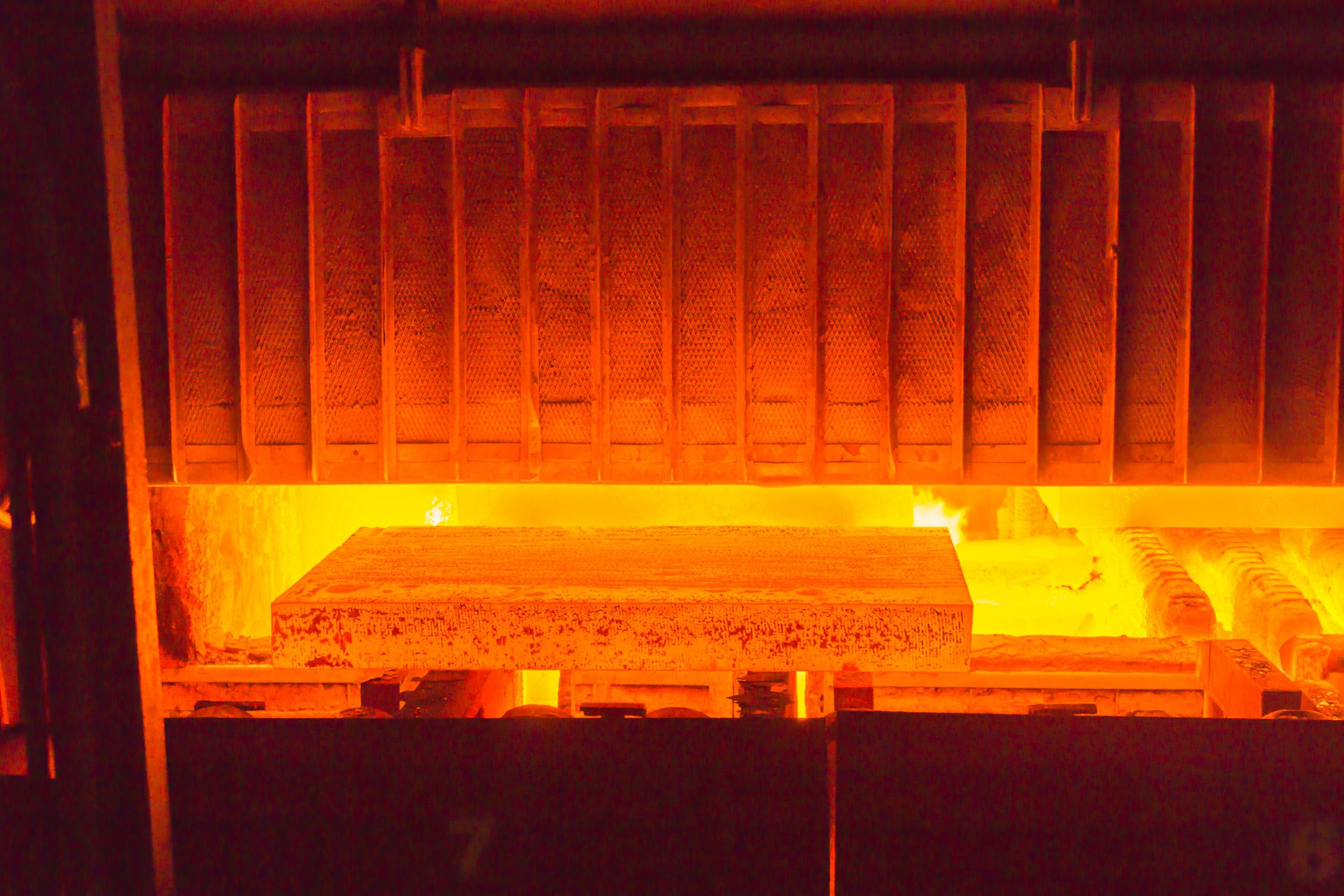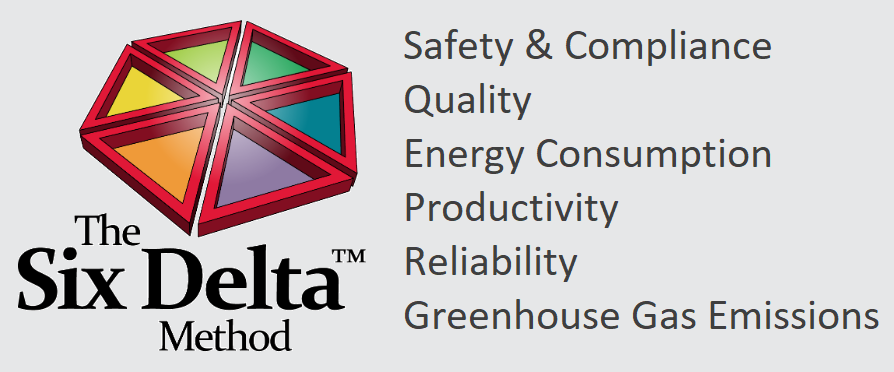The Project
This customer’s manufacturing facility produces steel pipe. Their aging quench furnace used to austentize the steel pipe was non-compliant with the jurisdiction’s fuel safety regulations. Management was also concerned that current production, quality, and energy consumption were under-performing compared to industry averages.
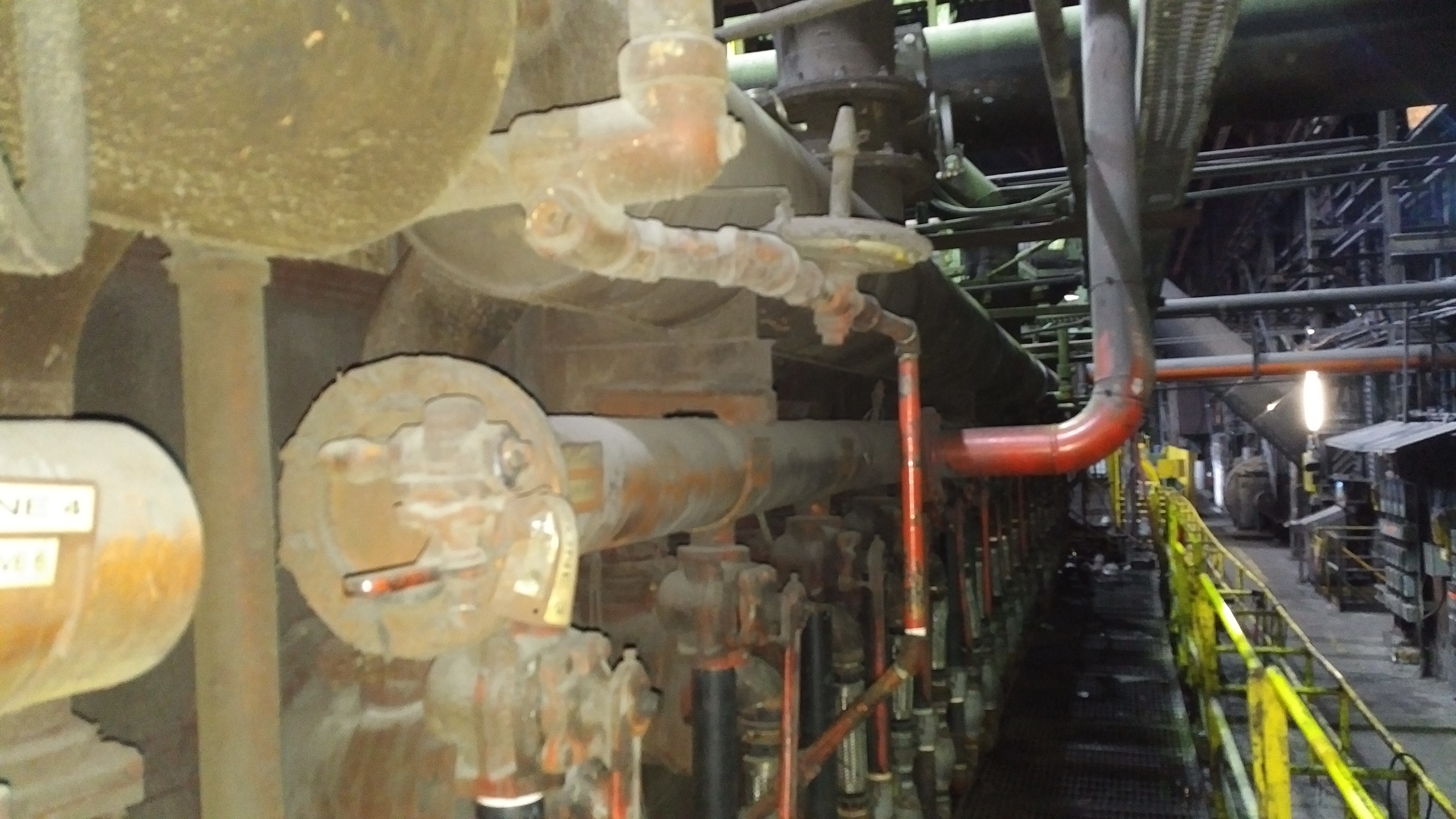
The Firebridge Solution
In August 2018 the original furnace was renovated with new burners, instruments and controls engineered by Firebridge. A key upgrade was the use of pulse firing controls with high velocity burners. This combination of technologies dramatically improved the furnace performance:
- Reduced natural gas consumption per ton of throughput
- Increased production capability by 35%
- Improved temperature uniformity
The renovation was simple and cost-effective. The new burners and fuel trains were pre-assembled in wall sections. Once the old burners were removed and the structural void was framed, then the new wall sections with improved burner positioning were simply assembled into place on the furnace.
The Six Delta™ Method
Using the Six Delta™ Method to gain an optimized perspective, Firebridge identified several performance improvement opportunities. The Six Delta™ Method is a comprehensive spproach through systematic analysis which considers improvements over six focus areas. This method is driven by data from each focus area and combined to drive a strong business case.
The Six Delta™ focus areas for this project are:
Primary: Safety & Compliance – Productivity – Energy Consumption
Secondary: Product Quality – GHGe Emissions – Equipment Reliability
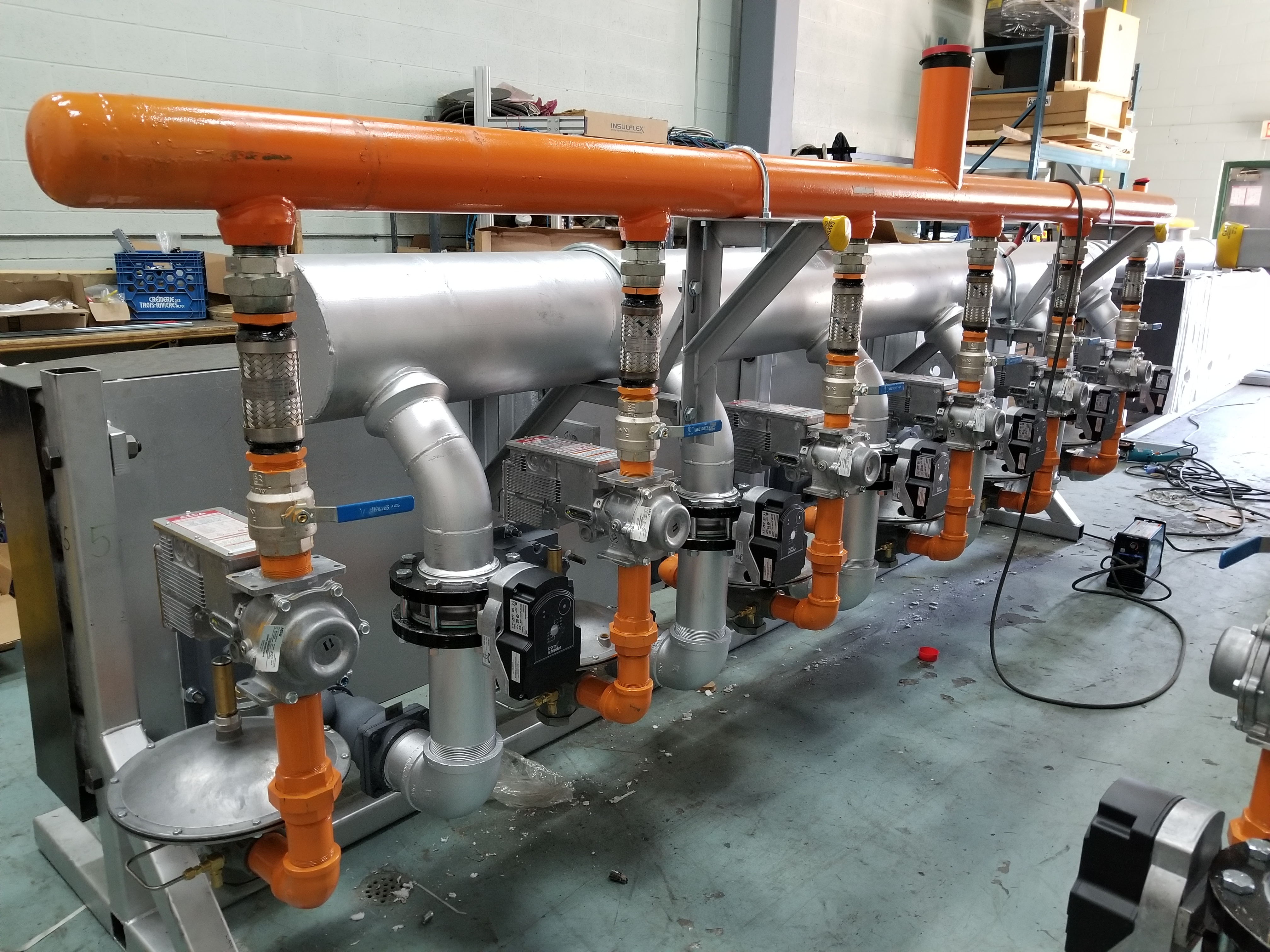
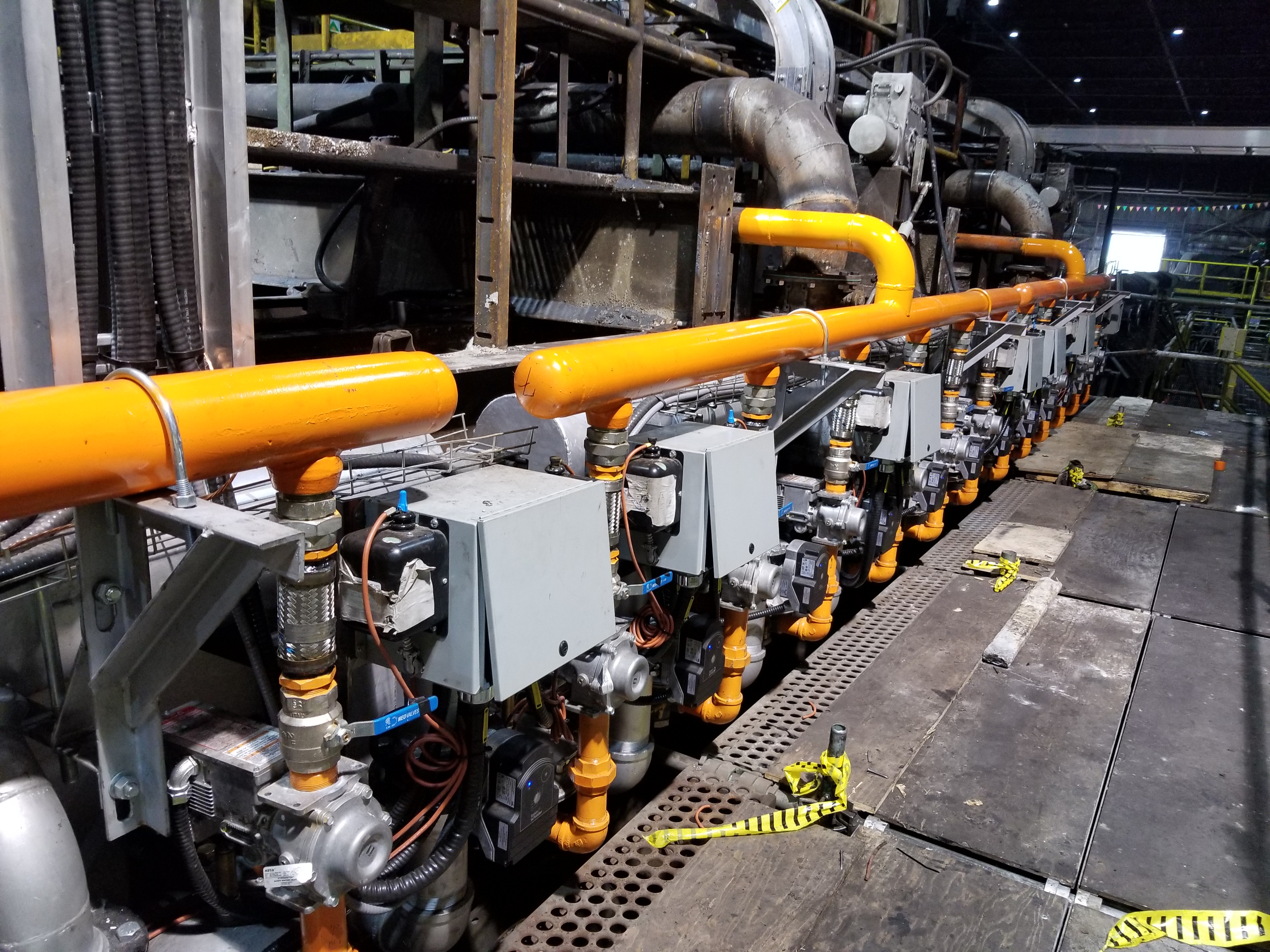
![]()
Improved results were found across all Six Delta™ focus areas.
Safety & Compliance
- The original furnace was not compliant with today’s safety codes. The new furnace is code compliant.
- Existing relay-based controls replaced with safety PLCs.
Quality
- The original furnace was constrained by uneven heating at high throughput. With the improved temperature uniformity, throughput was substantially increased.
- Scaling losses were reduced by improved control and reduction of excess air in the furnace.
Productivity
- Throughput capacity was increased by 35%.
Energy Consumption
- A 35% reduction in energy consumption per unit of product was achieved with the new furnace due to reduced excess air and improved temperature control.
Reliability
- With advanced controls and flame sensing instrumentation, the furnace starts and operates with improved reliability.
Greenhouse Gas Emissions
- Achieved a 40% reduction in GHG emissions.


